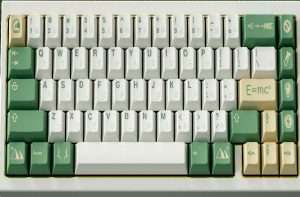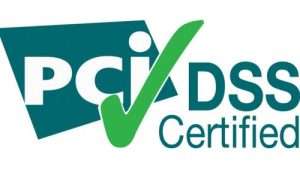Digital Audio Broadcasting (DAB) Architecture and Advantages over Analog FM Radio

What is DAB radio?
Digital audio broadcasting (DAB) is also referred to as digital radio and high-definition radio which offers audio broadcasting.
DAB is relatively new but it’s now adopted in mobile computing, satellite communication and broadcasting in US, UK, France, India and even in South Africa.
How does Digital radio works
In analog, audio is converted into a digital signal and transmitted on the desired channel in the AM or FM frequency range.
However, DAB offers compact disc (CD) quality audio on the FM (frequency modulation) broadcast band.
It also offers FM-quality audio on the AM (amplitude modulation) broadcast band.
The technology was first used in the United Kingdom in 1995 and has become popular throughout Europe.
It is the future of radio broadcasting as it offers way-out to some of the challenges and limitations of analog radio broadcasting business today.
Digital Audio broadcasting Architecture
In DAB, many stations can be transmitted within the same frequency spectrum.
Listeners must have a receiver prepared to handle DAB signals.
The signal is compressed using MPEG algorithms and modulated using coded orthogonal frequency division multiplexing (COFDM) at the sender’s end.
The digital signal is better than the analog transmission in many parameters.
With digital radio, you enjoy improved sound quality, reduced fading and multipath effects, enhanced immunity to weather, noise, and other interference.
The listener base can also be expanded by increasing the number of stations that can broadcast within a given frequency band.
Information about the audio content is available in a small display unit in the DAB receiver.
It provides news headlines, sports updates, weather updates in a scrolled text format on the display.
DAB information also enables one to see what program is coming up next.
Advantages of digital audio broadcasting
When comparing analog radio vs digital radio, DAB has several advantages over analog radio broadcasting although there are also disadvantages of digital radio broadcasting.
- Enhanced Quality of Service.
DAB uses all the permutations of modern digital communication technologies and can thus provide a much higher level of quality of service.
DAB users can experience superior sound quality.
Customers can match the audio quality of their needs by using Dynamic Range Control (DRC).
In terms of usability, instead of searching wavebands, users can select all available stations or preferred formats from a simple text menu hence being more user-friendly compared to FM.
DAB also has Perfect reception conditions, just a simple, non-directional whip antenna, DAB eliminates interference and the problem of multipath while in a car.
- Value-added Services
In DAB, both music and data services can be received using the same receiver.
One receiver does it all, such as typical audio broadcasting (main service):
Music, drama, news, information, and others can be received in a monophonic or stereophonic form which is already known in conventional radio programs.
Multichannel (5.1 format) audio programs can also be transmitted.
DAB broadcast receivers can display text information in far greater detail than RDS such as program background facts, a menu of future broadcasts and complementary advertising information.
Visual information such as weather maps or CD cover images can also be displayed at the receivers.
The user can also access services from sources other than the broadcasting station are included within the same channel.
These include news headlines, weather updates or even the latest stock market prices.
Targeted music or data services: Since each receiver is addressable, therefore specific user groups can be targeted with great accuracy.
And this digital technology can carry a massive amount of information.
Data can also appear as still or moving photographic pictures escorted by an audio service or as separate information.
- Standardization
The DAB system has a fairly universal and well-standardized system layout which allows applications for all known transmission media and receiving situations.
The level of international standardization of all basic principles and transmission tools for the new DAB system is very high (more than 50 international standards cover all the necessary details).
In comparison to conventional broadcast systems, DAB requires less investment and operation efforts.
Broadcasters also get the benefit of Lower transmission costs.
Broadcasters can provide a wide range of program material simultaneously on the same frequency.





